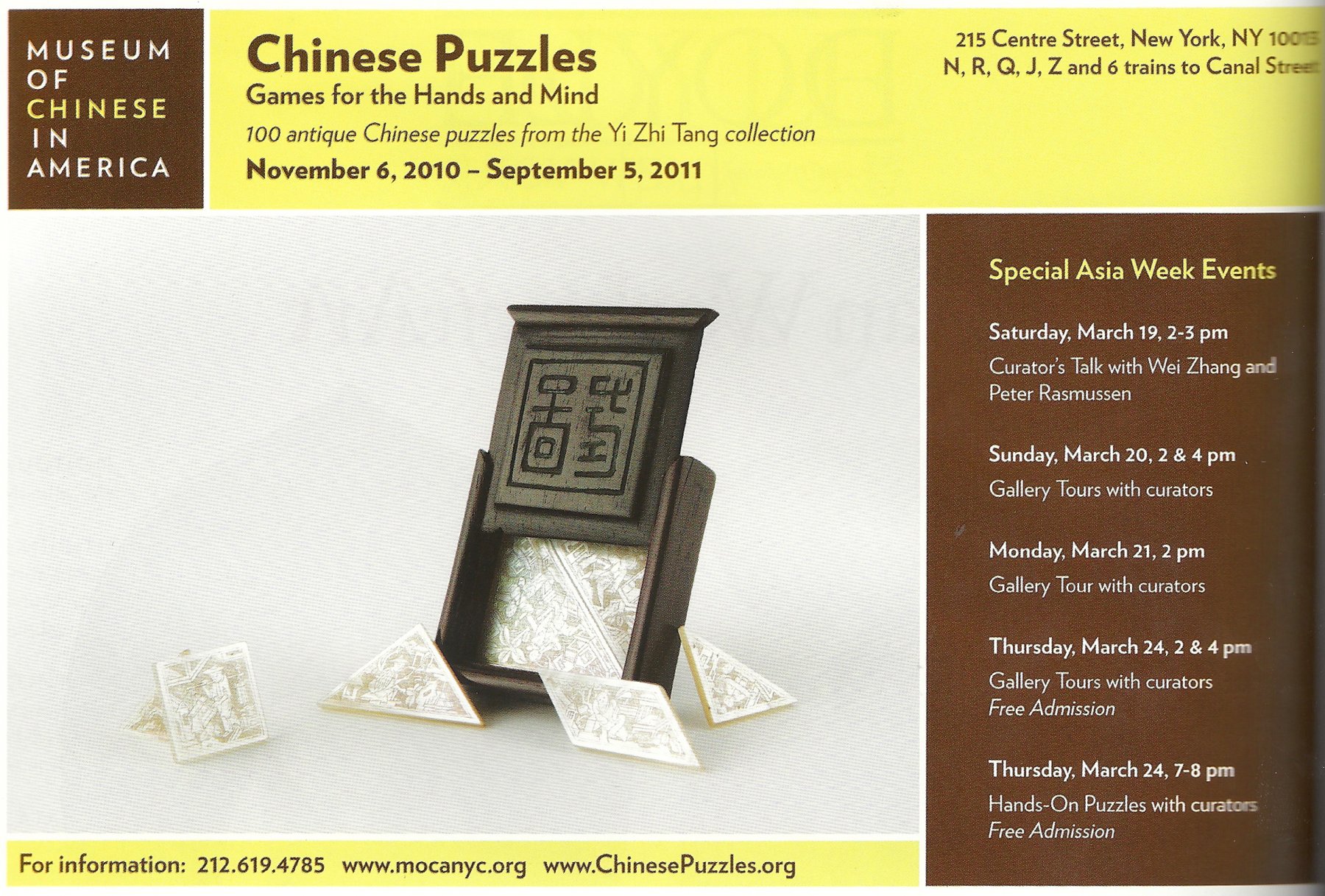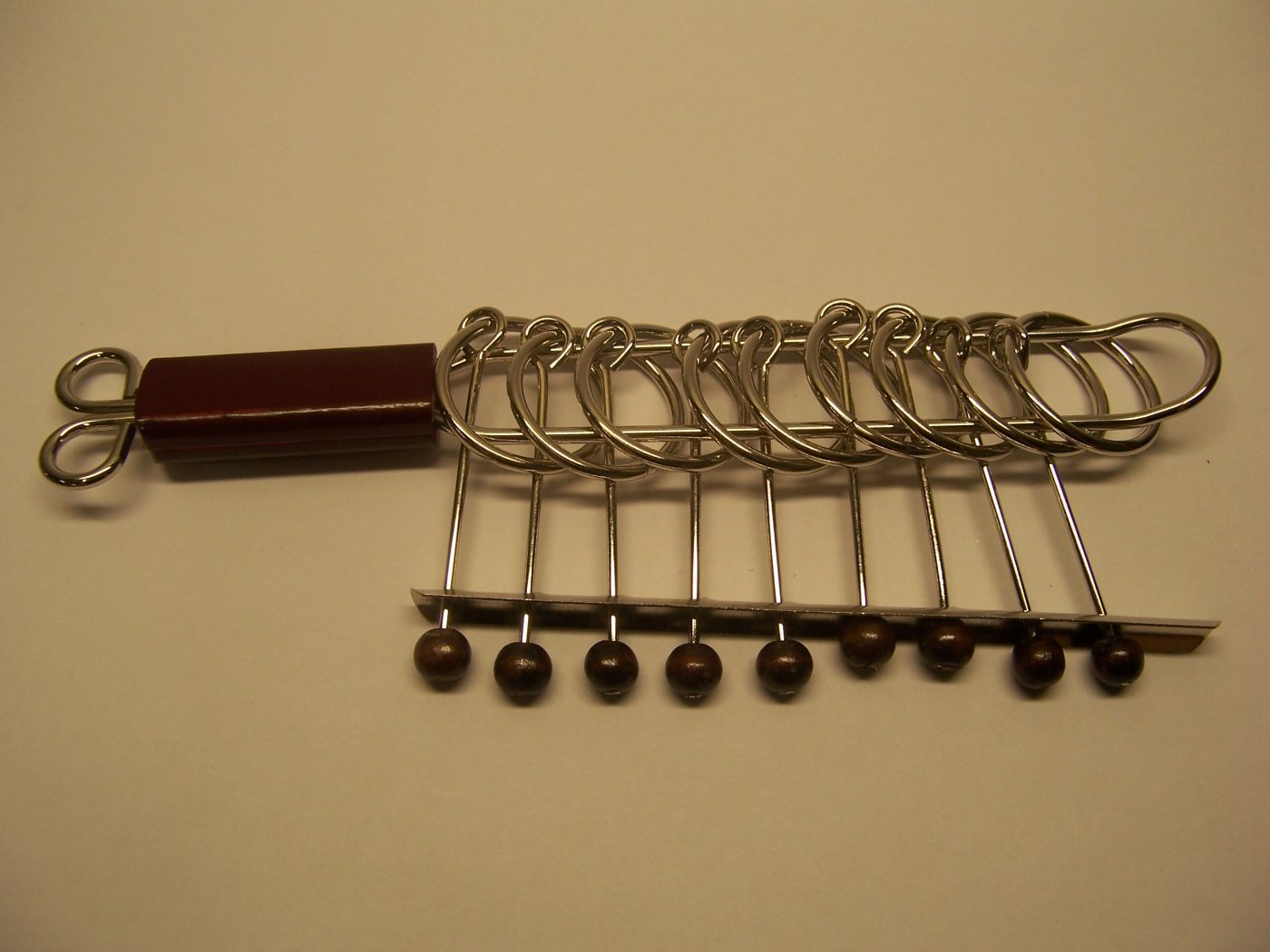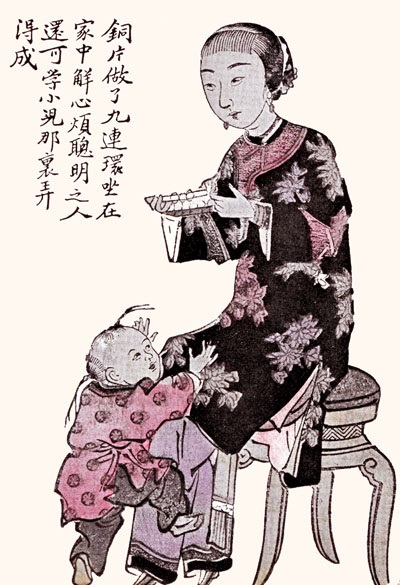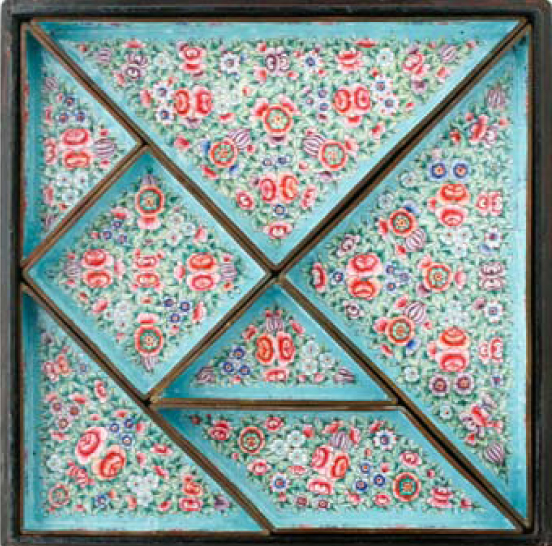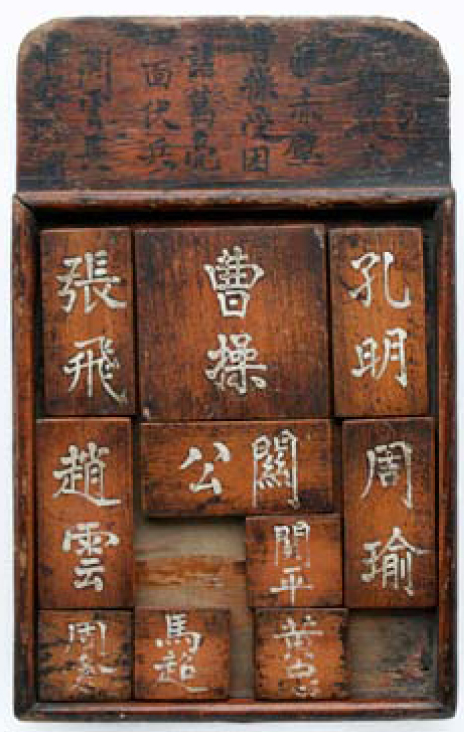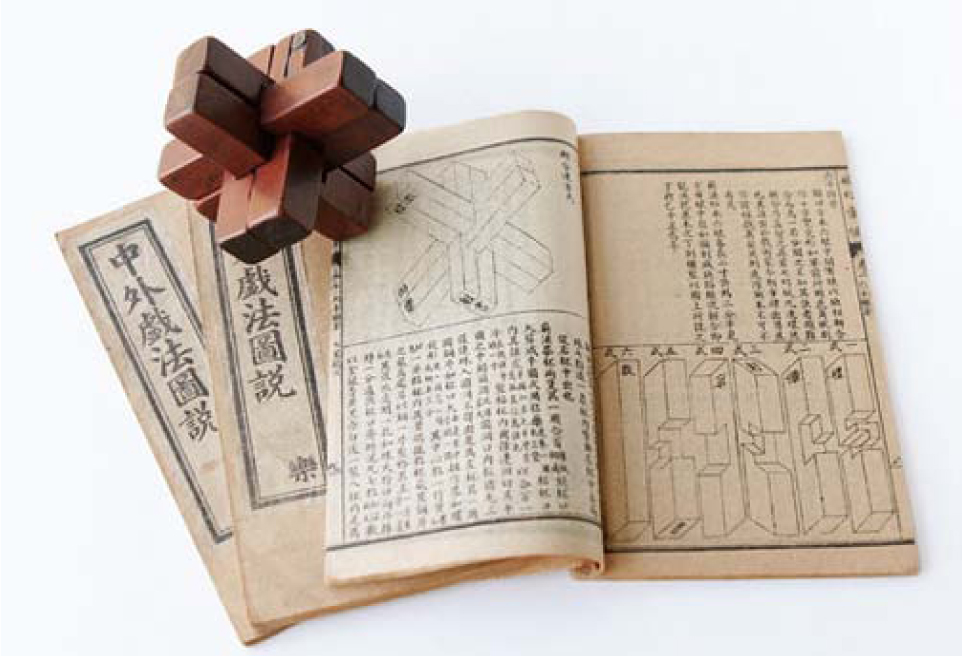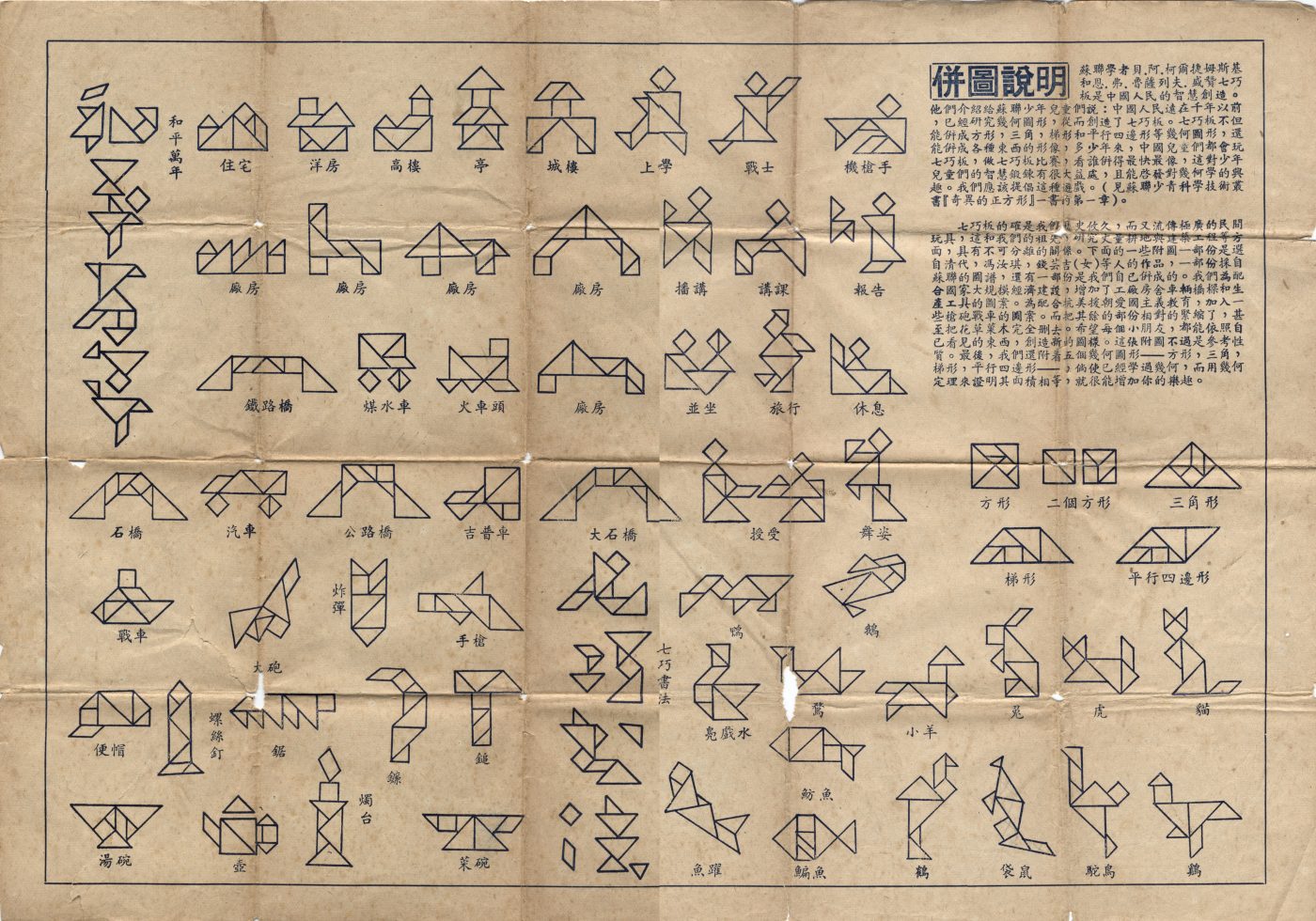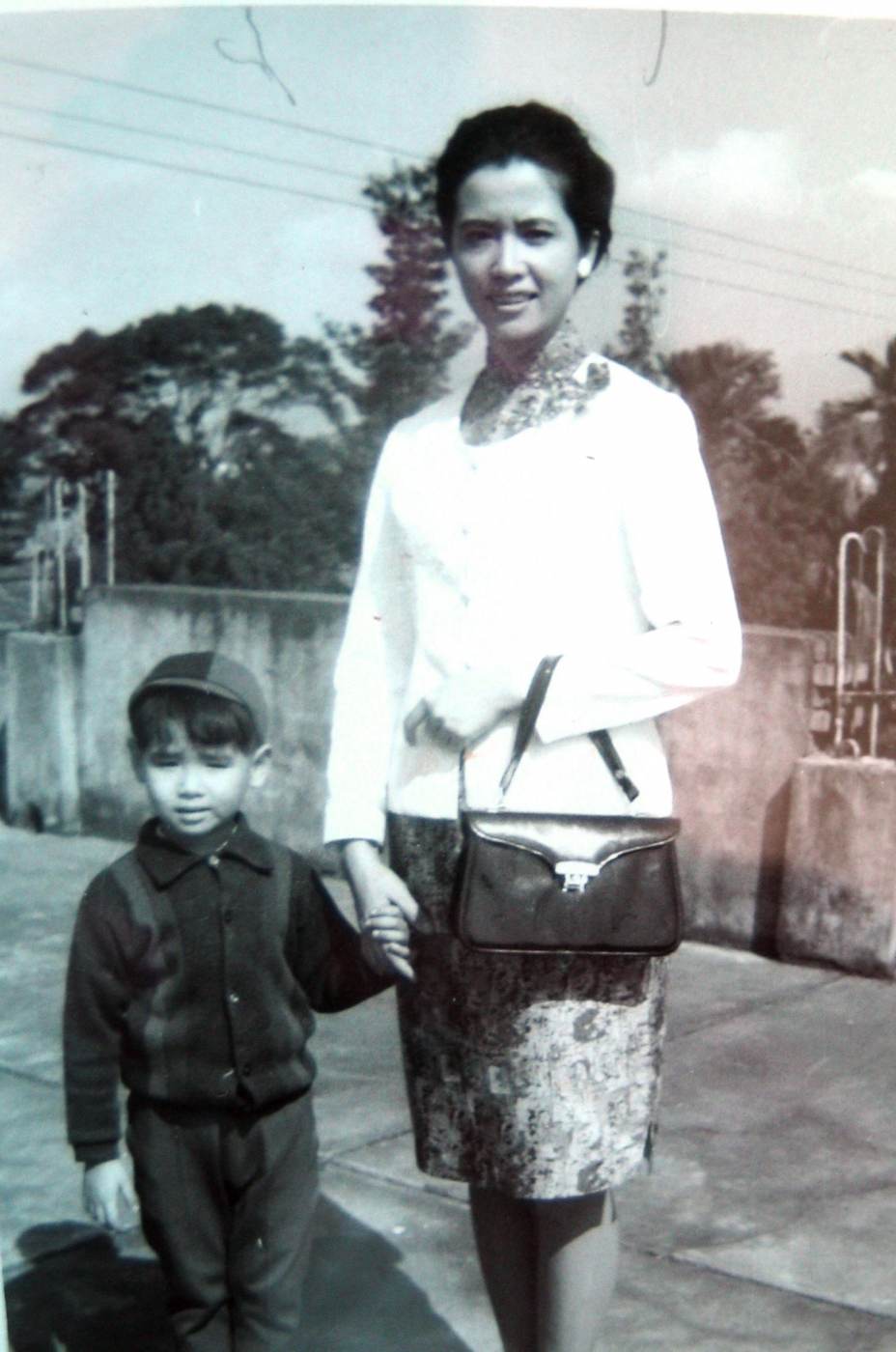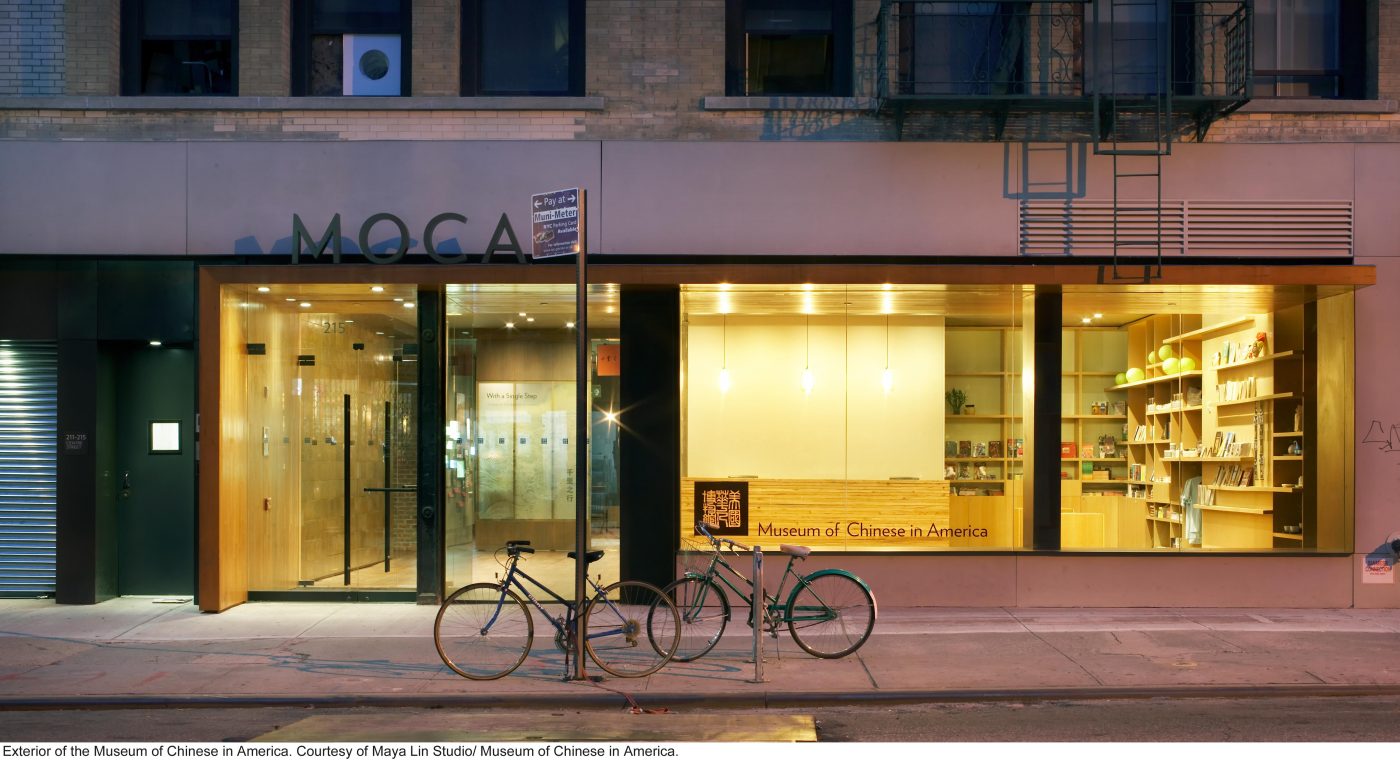Chinese puzzles have been a popular export to America since the 20th century. These fascinating objects were presented in a 2010 exhibit called Chinese Puzzles: Games for the Hands and Mind. The show featured pieces from the private Yi Zhi Tang (Art and Intelligence) Collection and presented 1,300 antique Chinese puzzles, books, and graphic materials that dated from the Song dynasty (960 AD–1279 AD) to the mid-20th century. Many of these objects exhibited a high level of workmanship, including beautifully crafted porcelains, carved ivory, and mother of pearl. Visitors of all ages had the opportunity to interact with modern reproductions of these classic games while learning the rich history behind them.
Collections馆藏Collections馆藏Collections馆藏Collections馆藏Collections馆藏Collections馆藏Collections馆藏Collections馆藏Collections馆藏Collections馆藏Collections馆藏Collections馆藏Collections馆藏Collections馆藏Collections馆藏Collections馆藏Collections馆藏Collections馆藏Collections馆藏Collections馆藏Collections馆藏Collections馆藏Collections馆藏Collections馆藏Collections馆藏Collections馆藏Collections馆藏Collections馆藏Collections馆藏Collections馆藏Collections馆藏Collections馆藏Collections馆藏Collections馆藏Collections馆藏Collections馆藏Collections馆藏Collections馆藏Collections馆藏Collections馆藏Collections馆藏Collections馆藏Collections馆藏Collections馆藏Collections馆藏Collections馆藏Collections馆藏Collections馆藏Collections馆藏Collections馆藏Collections馆藏Collections馆藏Collections馆藏Collections馆藏Collections馆藏Collections馆藏Collections馆藏Collections馆藏Collections馆藏Collections馆藏Collections馆藏Collections馆藏Collections馆藏Collections馆藏
Chinese Puzzles-Games for the Hands and Mind, 2010
